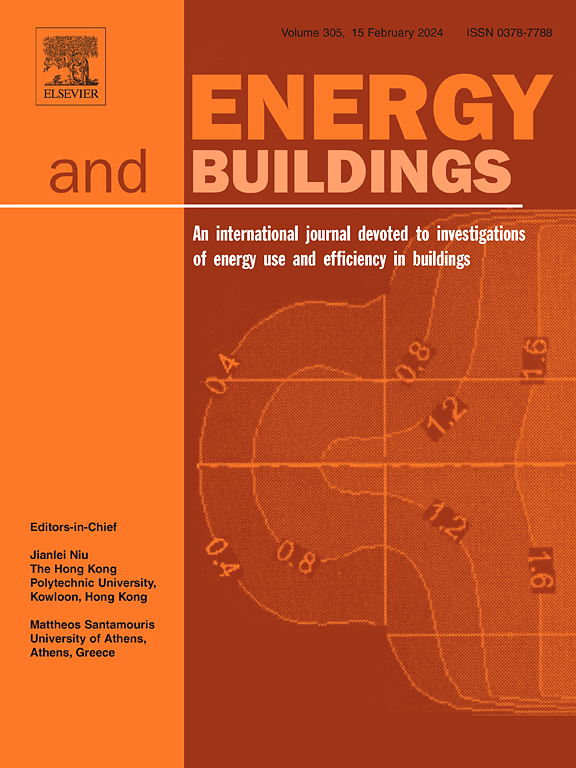Liquid sorption storage for high solar fraction heat supply in residential buildings under different climatic conditions
IF 6.6
2区 工程技术
Q1 CONSTRUCTION & BUILDING TECHNOLOGY
引用次数: 0
Abstract
Thermochemical energy storage is an attractive option for seasonal thermal energy storage, particularly in building applications. However, several research gaps in the field of sorption storage systems such as restricted focus on specific reactor concepts or sorption couples or lack of systematic performance studies hinder their practical implementation. This study addresses these gaps by evaluating the performance and cost-effectiveness of a solar thermal space heating system integrated with liquid sorption storage across various building types (single and multi-family homes with different envelope qualities) and climates (Zurich, Switzerland; Harbin, China; Helsinki, Finland). The study systematically investigates the impact of different sizes of individual system components (number of ground heat exchangers, solar collector area, sorption reactor capacity, size and distribution of thermal buffers) on the overall system performance using a previously presented greybox sorption reactor model based on a lab-scale prototype. The simulation results demonstrate that high solar fractions above 80 % can be achieved with long-term sorption storage. To reach this, substantial storage volumes of around 0.8––1 m3 per m2 of solar collector area are needed for the multi-family home cases in Zurich climate despite the increased volumetric energy density of sorption storage when compared to classical water storage. This emphasizes the significance of building envelope quality, available roof area, and careful system component sizing for enhancing solar fractions and cost-effective renewable heat generation. The findings provide valuable insights into optimizing sorption storage systems, fostering the practical implementation of renewable energy solutions for space heating in buildings.
求助全文
约1分钟内获得全文
求助全文
来源期刊

Energy and Buildings
工程技术-工程:土木
CiteScore
12.70
自引率
11.90%
发文量
863
审稿时长
38 days
期刊介绍:
An international journal devoted to investigations of energy use and efficiency in buildings
Energy and Buildings is an international journal publishing articles with explicit links to energy use in buildings. The aim is to present new research results, and new proven practice aimed at reducing the energy needs of a building and improving indoor environment quality.
 求助内容:
求助内容: 应助结果提醒方式:
应助结果提醒方式:


